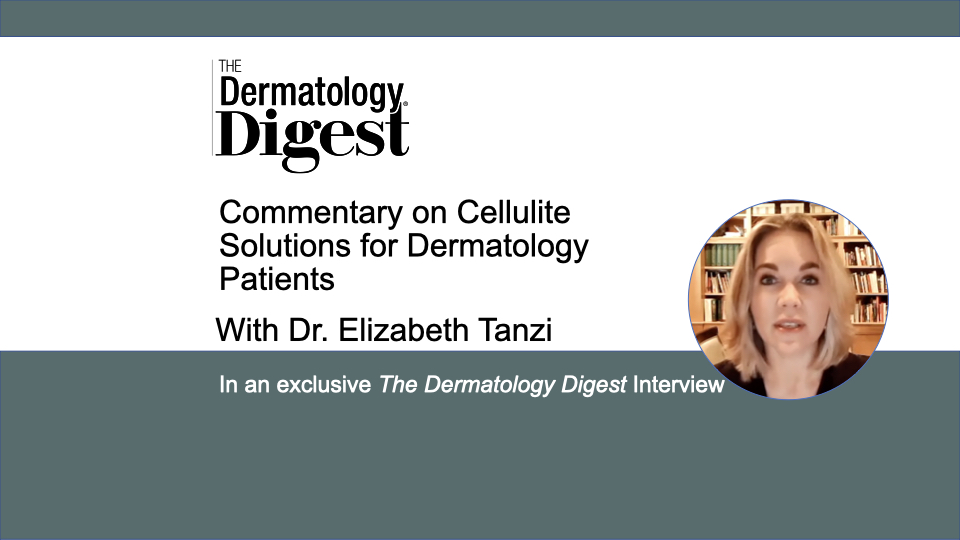Dr. Elizabeth Tanzi discusses the new RAP nonsurgical technology indicated for the long-term improvement in the appearance of cellulite on the buttocks and thighs.
“It’s an exciting time to be able to treat cellulite because, until relatively recently, all of the noninvasive treatments for cellulite have been underwhelming, delivering a subtle response, at best, with results that only lasted a short period of time,” says Elizabeth Tanzi, MD, board-certified dermatologist at Capital Laser & Skin Care in Chevy Chase, MD, and the Washington DC area.
“Cellulite” describes the appearance of dimpled skin created by pressure from fibrous septae on subcutaneous fat in the buttock and thigh areas, which often becomes more pronounced with aging.
For the 20 years Dr. Tanzi has been in the cosmetic dermatology specialty, there’s been an unmet need for offering cellulite treatments that deliver more than very short-term improvements.
Resonic (Soliton), is a rapid acoustic pulse (RAP) technology multi-platform device indicated for cellulite treatment and tattoo removal. The device is expected to begin shipping in June 2021.
“When those rapid sound waves go through the skin, they end up cleaving those fibrous septae—so-called acoustic subcision—and it does so without breaking the skin, without generating heat. So the treatment itself is pretty comfortable, and there’s no bruising,” says Dr. Tanzi, who was an investigator and one of the four clinical sites that performed the studies that led to FDA approval.
Studies showed significant improvement at 3- and 6-months in the appearance of dimples and ripples on the buttocks and thighs after a single treatment;12-month data is expected, she says.
“We did a single treatment on one buttock and thigh; the other buttock and thigh served as a control. Treatment took about a half an hour, so we’re anticipating the full [treatment of] both sides, buttock and thighs, will take about an hour.”
According to Dr. Tanzi there’s minimal recovery, if any at all. Patients can immediately return to regular activity. And there’s no bruising—all with a single treatment.
“Now once we have it in our offices, I am anticipating that we’re going to be looking into doing multiple treatments at certain treatment intervals to see if we can get even better results. But the original study of those 60 patients is very encouraging. There’s a lot we don’t know about this device yet—what it can do what it does to the surrounding skin. Does it cause neocollagenesis and improvement of the surrounding skin, not just the dimple?”
These technologies may also hold future promise for even better results.
“Once we have access to the Resonic device, that’s going to change things. The best results might come with combining these two treatments, perhaps a background treatment of the buttocks and thighs with Resonic, and then come back to do individual dimples with QWO. To be able to offer something both with QWO and Resonic without having to cut the skin, that’s kind of a big deal, and I’m really looking forward to being able to offer that in my office soon.”


